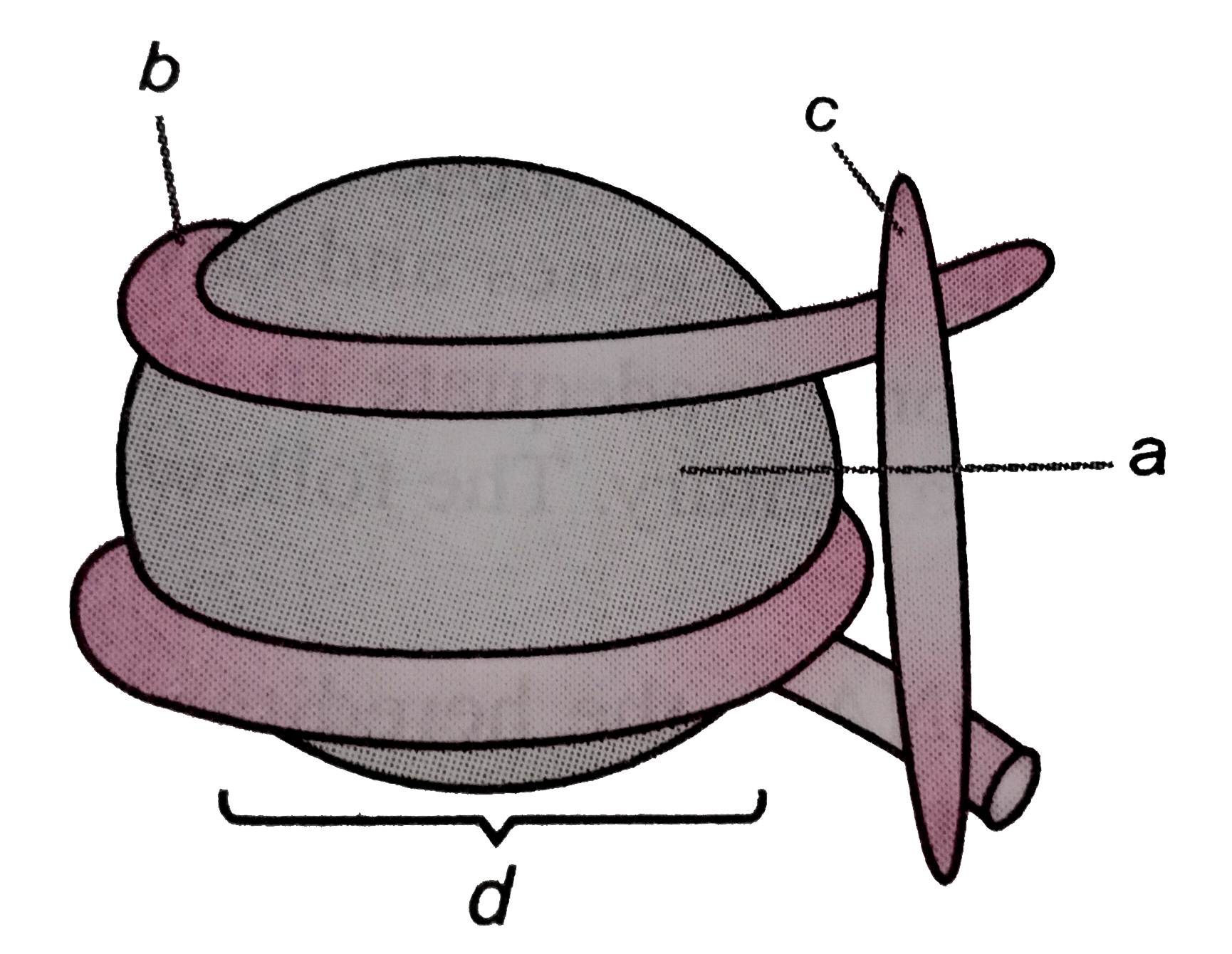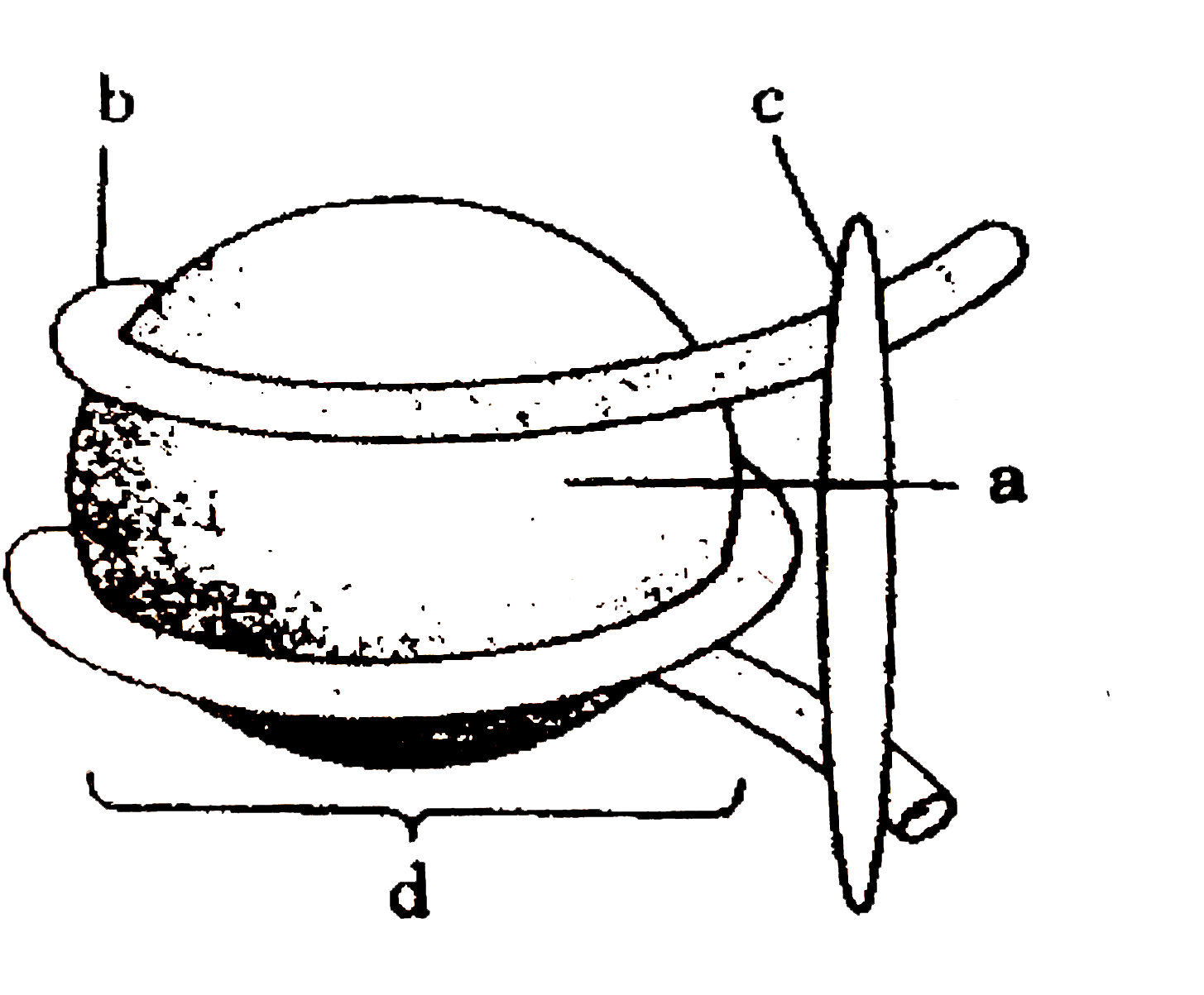How is DNA isolated in purified from from a bacterial cell?
To isolate DNA in purified form from a bacterial cell, the following steps are typically followed:
1. Bacterial Culture Preparation:
- Start by taking a bacterial culture in a test tube. This culture contains the bacterial cells from which you want to isolate DNA.
2. Cell Lysis:
- Treat the bacterial culture with lysozyme. Lysozyme is an enzyme that breaks down the peptidoglycan layer of the bacterial cell wall, leading to the lysis (breaking open) of the bacterial cells. This allows the contents of the cells, including DNA, to be released into the solution.
3. Centrifugation:
- After lysis, perform centrifugation. This process separates the cellular debris (which will form a pellet at the bottom of the tube) from the soluble components, including nucleic acids, which remain in the supernatant (the liquid above the pellet).
4. Protease Treatment:
- Transfer the supernatant to a new test tube and treat it with protease. Protease enzymes digest proteins present in the solution, which helps to further purify the nucleic acids by removing protein contaminants.
5. Centrifugation Again:
- Perform another round of centrifugation. This will again separate the remaining cellular debris and proteins from the nucleic acids. The nucleic acids, including DNA, will remain in the supernatant.
6. RNAse Treatment:
- Treat the supernatant with RNAse. RNAse is an enzyme that specifically digests RNA. Since you want to isolate DNA, this step is crucial to remove any RNA present in the solution.
7. Final Centrifugation:
- Conduct a final centrifugation. After this step, the DNA will remain in the supernatant while any remaining RNA and other contaminants will be pelleted.
8. Precipitation of DNA:
- Carefully extract the supernatant containing the DNA and add ethanol to precipitate the DNA. The DNA will become visible as it precipitates out of the solution.
9. Storage:
- Collect the precipitated DNA and store it at low temperatures (e.g., in a refrigerator or freezer) to preserve its integrity.
Summary:
By following these steps—cell lysis, centrifugation, protease treatment, RNAse treatment, and precipitation with ethanol—you can isolate purified DNA from bacterial cells.
- Start by taking a bacterial culture in a test tube. This culture contains the bacterial cells from which you want to isolate DNA.
- Treat the bacterial culture with lysozyme. Lysozyme is an enzyme that breaks down the peptidoglycan layer of the bacterial cell wall, leading to the lysis (breaking open) of the bacterial cells. This allows the contents of the cells, including DNA, to be released into the solution.
- After lysis, perform centrifugation. This process separates the cellular debris (which will form a pellet at the bottom of the tube) from the soluble components, including nucleic acids, which remain in the supernatant (the liquid above the pellet).
- Transfer the supernatant to a new test tube and treat it with protease. Protease enzymes digest proteins present in the solution, which helps to further purify the nucleic acids by removing protein contaminants.
- Perform another round of centrifugation. This will again separate the remaining cellular debris and proteins from the nucleic acids. The nucleic acids, including DNA, will remain in the supernatant.
- Treat the supernatant with RNAse. RNAse is an enzyme that specifically digests RNA. Since you want to isolate DNA, this step is crucial to remove any RNA present in the solution.
- Conduct a final centrifugation. After this step, the DNA will remain in the supernatant while any remaining RNA and other contaminants will be pelleted.
- Carefully extract the supernatant containing the DNA and add ethanol to precipitate the DNA. The DNA will become visible as it precipitates out of the solution.
- Collect the precipitated DNA and store it at low temperatures (e.g., in a refrigerator or freezer) to preserve its integrity.
By following these steps—cell lysis, centrifugation, protease treatment, RNAse treatment, and precipitation with ethanol—you can isolate purified DNA from bacterial cells.
Topper's Solved these Questions
- BOOK - PRADEEPCHAPTER - BIOTECHNOLOGY: PRINCIPLE'S AND PROCESSESEXERCISE - PRACTICAL QUESTIONS I. MULTIPLE CHOICE QUESTIONS69videos
BIOTECHNOLOGY: PRINCIPLE'S AND PROCESSES
- BOOK - PRADEEPCHAPTER - BIOTECHNOLOGY: PRINCIPLE'S AND PROCESSESEXERCISE - ASSERTION-REASON TYPE QUESTIONS6videos
BIOTECHNOLOGY: PRINCIPLE'S AND PROCESSES
- BOOK - PRADEEPCHAPTER - BIOTECHNOLOGY: PRINCIPLE'S AND PROCESSESEXERCISE - LONG ANSWER QUESTIONS10videos
BIOTECHNOLOGY: PRINCIPLE'S AND PROCESSES
- BOOK - PRADEEPCHAPTER - BIOTECHNOLOGY AND ITS APPLICATIONS EXERCISE - NCERT EXERCISES PRACTICE QUESTION (II. Assertion Reason Type Question)14videos
BIOTECHNOLOGY AND ITS APPLICATIONS
- BOOK - PRADEEPCHAPTER - ENVIRONMENTAL ISSUESEXERCISE - PRACTICE QUESTIONS (ASSERTION-REASON TYPE QUESTIONS)7videos
ENVIRONMENTAL ISSUES
Similar Questions
How is DNA isolated in purified form from a bacterial cell?
View Solution
(a) What is this diagram representing ? (b) Name the parts a, b, c and d.
(c) In the eukaryotes the DNA molecules are organised within the nucleus. How is the DNA molecule organised in a bacterial cell in absence of a nucleus ?View Solution
Knowledge Check
- Question 1 - Select One
A yeast cell differs from a bacterial cell as it is
AmulticellularBprokaryoticCeukaryoticDunicellular - Question 2 - Select One
Bacterial DNA is
AStraightBHelicalCMembrane boundDCircular and free - Question 3 - Select One
Arrange the steps of isolation of DNA from the source cell :
( I) Precipitation of DNA with chilled ethanol.
(II) Treatment of DNA strands with protease and RNase.
(III) Treatment of DNA strands with restriction endonuclease.
(IV) Isolation of DNA from bacterial cells by the treat ment of lysozyme.A(IV), (I), (II), (III)B(II), (I), (IV), (III)C(IV), (I), (III), (II)D(IV), (II), (I), (III)
(a) What is this diagram representing?
(b) Name the parts a, b and c.
(c) In the eukaryotes the DNA molecules are organized within the nucleus. How is the DNA molecule organized in a bacterial cell in absence of a nucleus?
 View Solution
View SolutionHow can bacterial DNA be released from the bacterial cell for biotechnology experiments ?
View SolutionName the enzymes that are used for the isolation of DNA from bacterial and fungal cells for recombinant DNA technology.
View SolutionDNA polymerase is isolated from bacteria
View SolutionCytoribosomes of eucaryotes are different from those of bacterial cells in having
View Solution

